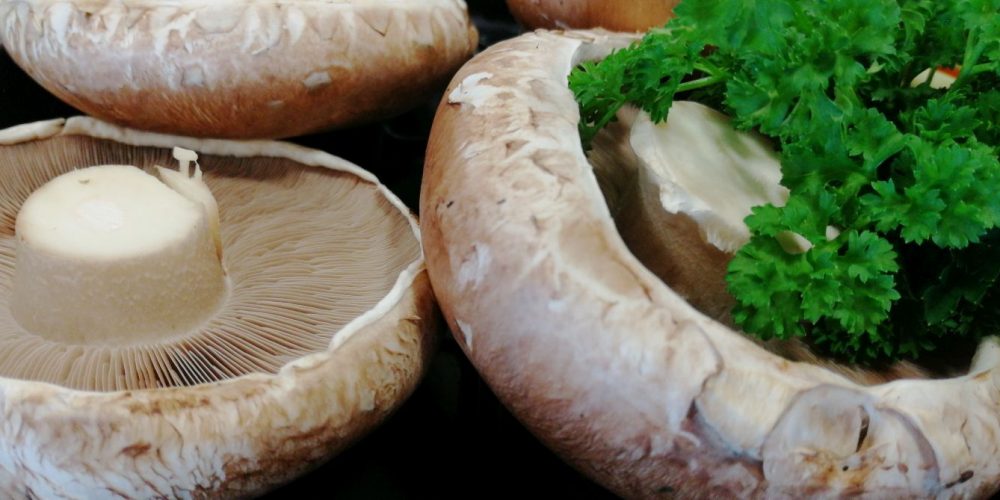American Mushroom Institute has reported that U.S. mushroom growers are facing rising costs due to climate volatility, continued labor issues, changes in consumer preferences, transportation expenses, and more, just as the industry is preparing for its busy fall holiday season when mushroom demand increases 30%-40%.
“Growers have worked to absorb the additional costs,” said AMI President Rachel Roberts. “The landscape has shifted, and growers are currently experiencing a perfect storm of multiple factors that are causing increased production costs.”
Roberts said that recent climate volatility and extreme rainfall events have presented a challenge for mushroom growers. Last summer and fall there was record-setting rainfall in the east. The materials harvested, which are used as the growing medium for mushrooms, held more water than normal. This accelerated deterioration and caused decreased yields. In turn, more material was required to fill grower needs, increasing overall production costs.
The challenge has continued into 2019 due to a wet spring. Additionally, growers are sourcing their raw materials from areas further away, which adds to production costs.
Kevin Donovan, national sales manager for Kennett Square, PA-based Phillips Mushroom Farms, concurred about the rising costs of the raw materials used to grow mushrooms.
“Like everything, the cost of compost is based on supply and demand,” he said. “The price has nearly doubled this year because of the heavy rains regions that produce straw and hay have experienced. Also, growers get more money growing corn and soy crops than they do growing compost materials. Some growers are sourcing compost from as far away as Canada, which also adds to production expenses because of the added transportation costs. Compost shortages can also reduce the quality of the mushrooms produced.”
The AMI pointed out that mushroom harvesting is highly labor-intensive. On average, mushroom growers are operating with only 75 percent of the workforce needed to harvest full yields, and many growers report leaving hundreds of pounds of mushrooms on the growing beds because they cannot find the labor required to harvest them.
“Additionally, growers in some states are facing mandatory minimum wage increases,” noted Roberts. “California will soon increase its minimum wage by 9 percent. In a business where labor costs top 50 percent, a 9 percent increase will, for example, cost California mushroom growers an additional 4.5 percent in labor costs.”
Donovan stressed that labor issues such as high turnover rates — and at times shortages — can also add to labor challenges.
“Labor for harvesting and packing is especially difficult to nail down for the long term,” he said. “It’s common for us to train supervisors for a year, and then suddenly they are moving on. It’s tough to get people to work weekends and put in extra time when the demand is there and extra money can be made. The economy is booming, and that means more jobs are available, but there are fewer people in the country to do them. We harvest all week, which means we also need people who will work on weekends. It’s an ongoing endeavor to keep our labor force at the level needed.”
While white button mushrooms lead fresh market sales, organic and brown mushrooms are increasing in consumer popularity. Due to the way they are grown, organic and brown mushrooms produce smaller yields than white button mushrooms, thereby costing more to produce. Compared with white button mushrooms, the yield for brown mushrooms is nearly 15-20 percent less for the same square footage of production, further affecting costs.
“Mushroom growers continually look for ways to improve efficiencies where they can,” said Roberts. “However, right now they are operating at full capacity and facing headwinds beyond their control.”
Source: American Mushroom Institute












